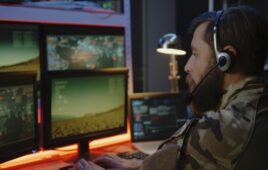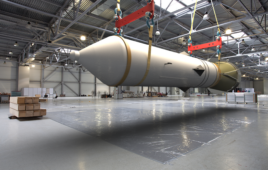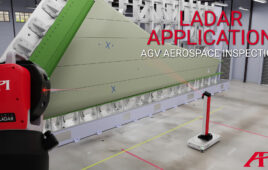Deep below Germany’s Black Forest, scientists verify the functionality of the SEIS, a multi-seismometer experiment that will fly aboard the “InSight” Mars lander mission of scheduled to launch on May 5, 2018. Unlike previous missions, Insight concentrate on the “inner values” of the red planet: How big is its core? Is it liquid like the Earth’s outer core or solid like the Earth’s inner core? How thick is the crust? NASA, among others, uses the highly sensitive instrument package SEIS with six seismometers. This qualifying model or “sister device” of one of the seismometers is currently being tested at the Joint Geoscientific Observatory (Black Forest Observatory, BFO) in Schiltach, which is operated jointly by Karlsruhe Institute of Technology (KIT) and Stuttgart University.

• Tests at Schiltach: Seismometer package corresponding to the system that will be used in the “InSight Lander” mission starting in May 2018. (Photo: Copyright CNES)
The SEIS is highly sensitive to vibration so the granite-walled tunnels of the former ore mine in Schiltach in the Black Forest wer chosen at a test facility. The inner part of the tunnel accommodating the measurement chambers for the instruments is isolated from the outer world by two pressure locks. This part of the tunnel is located about 150 m below the Earth’s surface. As a result, the instruments are shielded from impacts of direct air pressure or temperature fluctuations and they are located more than 5 km away from anthropogenic sources of interference (industry, transport). This makes the BFO an extraordinarily calm measurement location.
To see the full story about the SEIS, its mission, and the tests it is undergoing, click here.
To learn more about the InSight mission, visit https://mars.nasa.gov/insight/mission/instruments/
Seismometer (foreground) and InSight Lander (background). (Photo: Copyright CNES)Filed Under: Aerospace + defense




